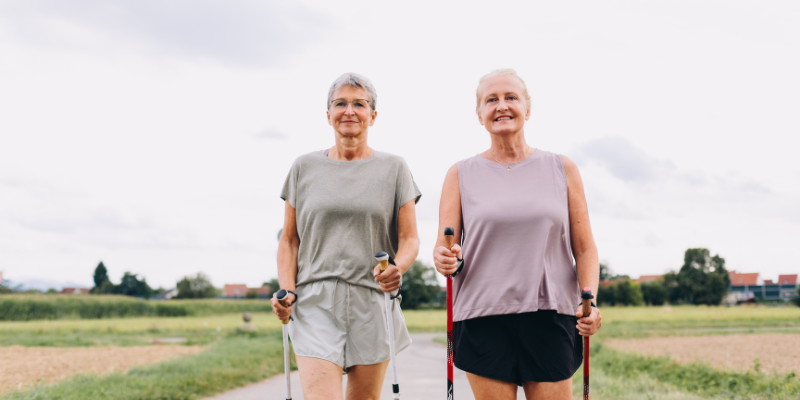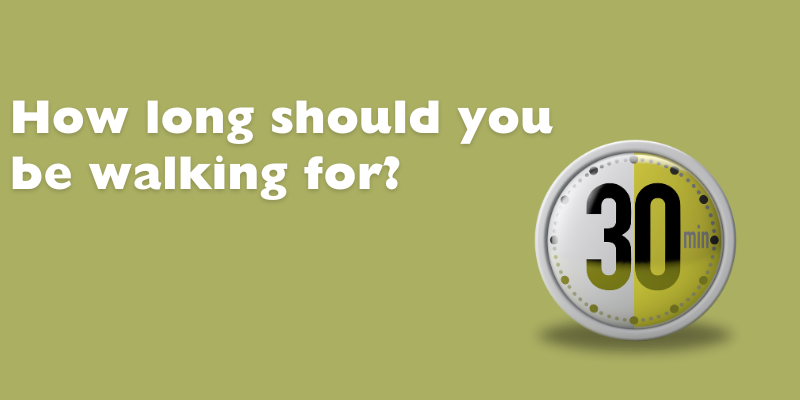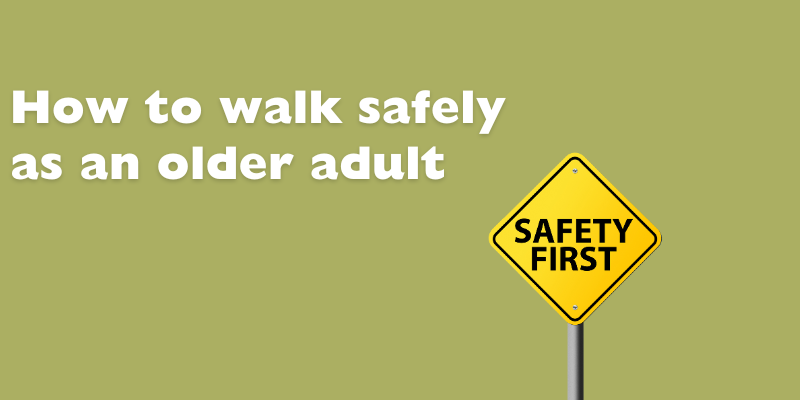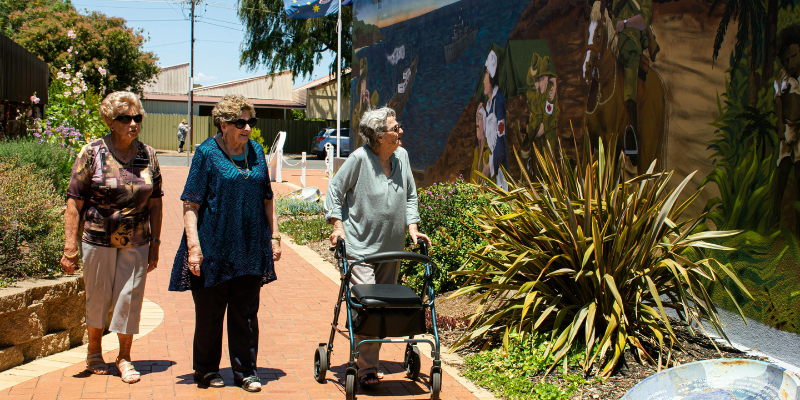Why is walking good for us?
Walking can be more than just a way to get from point A to point B. It can be a powerful tool to stay healthy, independent, and connected. Walking is a low-impact exercise that delivers a wealth of benefits for seniors:

Assists with Heart Health
When you go for a walk, your heart works harder than it does when you're resting. Even if it may not seem as tiring as running, it doesn’t mean nothing is happening. Just by you getting up and moving around, your heart has to work harder. This can help lower blood pressure and reduce your risk of developing heart disease.

Helps Burn Calories
If you are somebody who struggles with their weight, walking might get you a step closer to maintaining a healthier weight. Even though you might not be sweating as much as somebody who is out for a jog, it doesn’t mean you’re not burning calories. Adding 30 minutes of brisk walking can burn up to 150 extra calories a day.

A Natural Mood Booster
Simply going for a stroll around your neighbourhood can do a lot for your mental health. When we go for a walk, it releases natural endorphins, which can improve mood and help to reduce feelings of anxiety and depression. Various studies also show that simply spending time outdoors can help improve moods as well.
Walking helps you stay on your feet and keeps your mind sharp
Numerous studies show that a continuous walking routine can help improve your balance and strengthen muscles, which in turn, can help prevent falls and other injuries. It also helps keep your mind sharp, as studies also show improved cognitive function and memory in older adults who regularly spend time walking when compared to those who don’t.Why is walking a great option for seniors?
So is walking just the best option for obtaining a better quality of life and improving your health? Well…not exactly. The truth is, there are plenty of exercises that can provide a better return on the energy you put in. But those options aren’t always the best for most people. The best exercise routine is the one people will ACTUALLY do. Walking is a low-impact and accessible form of exercise that most people can do. For anyone who cannot get to a gym or exercise facility, walking around the neighbourhood or even in the halls of an apartment building allows you to stay active without the cost of a gym membership. Walking is also a great way to take care of your social health. It’s an easy way for older adults to get together and interact with one another. They even have walking clubs at local malls, where you can connect with seniors in your community.
How much walking is good for seniors?
There isn’t one specific number that works for every single older adult as each person has their limitations and individual health and fitness levels. General guidelines recommend at least 30 minutes of moderate-intense walking almost every day. What is moderate-intense walking? To keep it simple, it’s walking that is intentionally continuous or made to be more challenging! For example, if you are planning to go to the grocery store, the walking you do inside might not be a great fit as there is lots of stopping and starting. A better option would be a walk around the neighbourhood or local park, where the walking would be continuous. If you’re able to incorporate stairs or some sort of elevation, even better! The point is, we want to make our heart work harder than it does when we are sitting around for at least 30 continuous minutes every day! Also, don’t forget to bring along a bottle of water when you leave the house!
How to walk safely as an older adult
Some people may experience difficulty walking due to mobility or balance issues. For older adults who may need additional support or assistance while walking, there are various walking aids and tips available:
Supportive Equipment
Canes provide stability and support, and are particularly helpful for those with balance issues, while mobility walkers offer more substantial support. Proper footwear is also essential for safe and comfortable walking. Seniors should choose shoes with good arch support and cushioning. Walking poles can also help with balance, improving your exercise intensity level by as much as 40% by engaging your arms as well.
Plan a safe and familiar route
Pick routes and areas that are well-lit and have flat/even paths with even surfaces. Ideally, walk in familiar areas. Walk during the day, not at night. Start slow and listen to your body. Don’t push yourself. Plan your route beforehand and let someone know where you are going. Make sure your phone is sufficiently changed, and if possible, share the location of your mobile device in case anything happens.
Bring a safety alarm device
For added safety and peace of mind while walking, seniors may consider using medical alarms, especially mobile options. These devices allow seniors to call for help in case of an emergency, whether they're at home or out for a walk. Mobile medical alarms typically come in the form of wearable devices with built-in GPS and cellular connectivity, allowing for quick and easy communication with emergency responders or loved ones. By having access to help at the touch of a button, seniors can feel more confident and secure while enjoying their daily walks.
Lace up your walking shoes!
Walking may seem simple, but that shouldn’t take away from how effective it can be in staying healthy. It’s a simple yet powerful form of exercise that offers numerous benefits for seniors. By incorporating regular walking into your daily routine and using available walking aids as needed, older adults can maintain their health, independence, and overall quality of life.
This article is meant to be informational and should not replace the advice of a trained healthcare professional. What works for some individuals, might be harmful to others. Consult a professional before making any significant changes.
Blog by: Maor Tsitrin, Marketing & Communications Assistant
